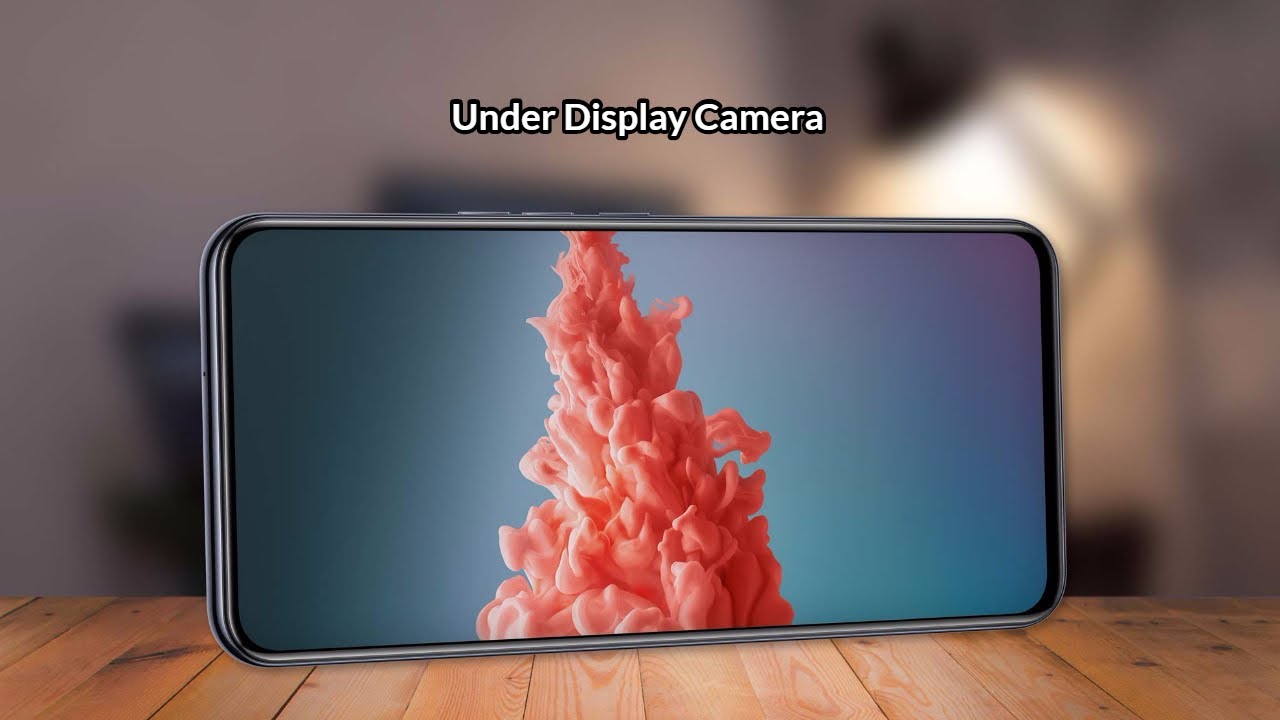Wireless Charging Efficiency and Reverse Charging: A Deep Dive into Modern Charging Technologies

Strong 8k brings an ultra-HD IPTV experience to your living room and your pocket.
Introduction
In recent years, mobile phones have undergone significant transformations, with wireless charging and reverse charging emerging as revolutionary features. These technologies not only enhance user convenience but also mark a significant shift away from traditional wired charging methods. With global tech trends advancing at an astonishing pace, it’s crucial to understand the mechanics, benefits, and challenges of wireless charging and reverse charging. This post will take you through these innovations, offering in-depth insights, comparisons, and practical considerations for Bangladeshi users and tech enthusiasts worldwide.
Wireless charging technology, often referred to as inductive charging, allows devices to charge without the need for physical connections. Using electromagnetic fields, wireless charging enables power transfer between a charging pad (or dock) and the device. Over the last few years, wireless charging has evolved from a niche feature to a mainstream solution, especially in flagship devices from brands like Apple, Samsung, and Xiaomi.
In Bangladesh, where users increasingly seek convenience in their tech gadgets, wireless charging presents a practical solution to the mess of tangled cables. Furthermore, with the latest phone specifications consistently including wireless charging as a standard feature, it’s clear that the technology has taken root in the market.
How Does Wireless Charging Work?
Wireless charging relies on a method called inductive charging, which uses two coils – a transmitter and a receiver. The transmitter coil is located in the charging pad, while the receiver coil is embedded within the device being charged. When the device is placed on the charging pad, an alternating current flows through the transmitter coil, generating an electromagnetic field. The receiver coil in the device picks up this field, which is then converted back into direct current (DC) to charge the battery.
The technology works on the principle of electromagnetic induction, and its efficiency depends on factors like the alignment of the coils, distance between the pad and the device, and the overall power rating of the charging pad. Typically, wireless chargers come in three categories:
- Qi Wireless Charging: The most common and widely supported standard. Many Android phones and all recent iPhones support Qi wireless charging.
- PMA: A less common standard, used by specific devices and chargers.
- AirFuel: Another competitor to Qi, using resonant inductive charging for longer-distance power transfer.
For Bangladesh’s mobile phone market, the availability of Qi-compatible devices has made it easier for consumers to adopt wireless charging, and local tech stores are stocking various wireless chargers and docks, especially with the latest phone reviews highlighting this convenience.
The Efficiency of Wireless Charging
When it comes to wireless charging, efficiency is a key factor in determining how practical it is for users. Unlike wired charging, which directly transfers energy from the charger to the device, wireless charging involves some degree of energy loss, primarily due to the heat generated during the transfer process.
- Charging Speed: While wired charging can deliver up to 30W or more in some cases (as seen with the latest phones like the iPhone 15 Pro), wireless charging speeds generally max out at around 15W for most devices. Some of the high-end wireless chargers offer up to 30W, but they require specific compatibility with devices like the Samsung Galaxy S21 or iPhone 12 Pro Max.
- Energy Loss: Wireless charging tends to be less efficient than wired charging, with up to 20% of the energy lost during the transfer. This is due to the inefficiencies in converting AC to DC power and the electromagnetic field's inability to perfectly match between the coils.
- Impact on Battery Health: Frequent charging with wireless pads can also affect the lifespan of the device's battery. While it’s not necessarily harmful, the slight heat buildup and slower charging speeds can lead to a small increase in wear over time. This is something tech reviewers often mention when analyzing the latest mobile phone specifications that feature wireless charging.
Benefits of Wireless Charging
Convenience: Perhaps the most significant advantage of wireless charging is the sheer convenience it offers. With no cables to plug in, users can place their phones on a charging pad and pick them up when they’re ready to go. This is especially handy in environments like cafes, offices, and home settings where cables can be a hassle.
- Less Wear and Tear: Over time, charging ports can wear out due to frequent plugging and unplugging. Wireless charging eliminates this problem, allowing devices to charge without any physical connection, reducing the risk of damage to charging ports.
- Versatility: Wireless charging isn’t limited to smartphones. Many modern devices, including wireless earbuds (like AirPods), smartwatches, and even some laptops, can now be charged wirelessly, expanding the scope of this technology.
- Cleaner Aesthetics: No cables mean fewer cluttered charging stations. This sleek, clean design is favored by users who appreciate minimalist setups in their homes and offices. Additionally, some wireless charging pads feature designs that complement modern office or home décor.
- Multiple Devices on One Pad: Some wireless charging stations allow you to charge multiple devices simultaneously, like a phone, smartwatch, and earbuds, making it a practical solution for tech-savvy users with multiple gadgets.
Challenges and Drawbacks of Wireless Charging
Despite its numerous advantages, wireless charging is not without its drawbacks:
- Slower Charging Speeds: While wireless charging has made great strides, it is still slower than wired charging. This can be a concern for users who need their devices charged quickly, especially in emergency situations.
- Heat Generation: Wireless charging tends to generate more heat than wired charging, which can affect the performance of the device and, in extreme cases, lead to battery degradation.
- Device Alignment: Proper alignment is crucial for efficient wireless charging. If the device is not perfectly placed on the pad, charging efficiency can drop, or charging may not occur at all.
- Cost: Wireless charging pads are often more expensive than traditional wired chargers. While prices have been dropping, they are still a consideration for cost-conscious consumers.
Reverse Charging: The Power to Share Battery Life
Reverse charging is a relatively new feature found in some smartphones, and it allows users to charge other devices using their phone’s battery. This feature takes wireless charging technology to the next level, enabling phones to share their power with other devices that support wireless charging. Here’s how it works:
- The Mechanics of Reverse Charging: Reverse charging works by turning your phone into a charging pad. When the feature is activated, you can place another device, like wireless earbuds or another phone, on the back of your phone to charge it. This works similarly to wireless charging, but the phone acts as the transmitter.
- Practical Applications: Reverse charging is incredibly useful when you’re on the go and don’t have access to a power outlet or charger. For instance, if your earbuds or smartwatch are running low on battery, you can use your phone to give them a boost.
- Charging Other Phones: In some cases, reverse charging can be used to charge another phone. This can be especially handy in emergency situations when you don’t have access to a charger or power bank. For example, the Samsung Galaxy S20 and Huawei Mate 20 Pro are two devices that support reverse charging, making it a valuable feature for tech enthusiasts.
- Reverse Charging in Bangladesh: For users in Bangladesh, reverse charging can be a game-changer, especially for those who travel frequently or live in areas with unstable power supplies. This feature can help ensure your device is always charged, even when you're away from home.
Wireless Charging vs. Reverse Charging: A Quick Comparison
- Feature Wireless Charging Reverse Charging.
- Purpose Charge your device wirelessly Charge other devices using your phone.
- Speed Generally slower than wired charging Slower compared to traditional power banks.
- Convenience No cables required Charge multiple devices using one phone.
- Device Compatibility Phones, earbuds, smartwatches Phones, earbuds, wearables.
- Battery Life Impact Minimal (heat generation) May drain your phone’s battery quickly.
- Use Case Everyday charging Emergency charging for other devices.
- Reverse Charging in the Context of Latest Phone Specifications.
Many of the latest smartphones, especially flagship models, have integrated reverse charging features. For example, Samsung Galaxy Z Fold 5, Huawei Mate 40 Pro, and OnePlus 9 Pro support reverse charging. However, not all mid-range phones have this feature yet. If you’re looking for a mid-range phone that supports both wireless and reverse charging, the Xiaomi Mi 11 and Samsung Galaxy A72 are excellent options to consider.
Comparing the Latest Wireless Charging Phones in Bangladesh
In Bangladesh, where smartphone choices are diverse, consumers often look for value for money. Wireless charging is increasingly being featured in mid-range and flagship smartphones. Let’s look at some popular devices in Bangladesh that support wireless charging:
- Samsung Galaxy S21 – Priced in the mid to high-range, the Galaxy S21 offers 25W wireless charging and 15W reverse charging. It’s a perfect option for those seeking the latest mobile phone specifications.
- iPhone 13 – Apple’s flagship device supports 15W wireless charging and is one of the most sought-after smartphones globally, with the latest phone price in Bangladesh reflecting its premium status.
- Xiaomi Mi 11 Ultra – A solid contender in the mid-range segment, the Mi 11 ultra comes with wireless charging support and is priced more affordably compared to other premium brands.
- OnePlus 9 Pro – Known for fast charging, the OnePlus 9 Pro also supports 15W wireless charging, making it a great option for tech-savvy consumers in Bangladesh.
Conclusion: Embracing the Future of Charging
Wireless charging and reverse charging technologies have revolutionized the way we think about mobile power. While there are still some challenges, the benefits of these features—especially in terms of convenience and multi-device charging—cannot be overstated. As smartphone manufacturers continue to innovate, wireless and reverse charging will only get faster, more efficient, and more widely available.
For consumers in Bangladesh, the growing availability of wireless charging devices and reverse charging capabilities in the latest mobile phones presents an exciting opportunity to embrace a future without tangled cables. Whether you’re seeking the latest phone reviews or comparing latest phone prices in Bangladesh, wireless charging is undoubtedly a feature worth considering for your next device.
Are you ready to explore the benefits of wireless charging in your daily life? Check out the latest devices today and experience the future of charging, all without a single wire!
Note: IndiBlogHub features both user-submitted and editorial content. We do not verify third-party contributions. Read our Disclaimer and Privacy Policyfor details.



